Computer Science 10
Computer Science 10 provides an understanding of how computers impact the world today while also developing practical skills for using modern software effectively. The course explores key concepts to improve the ability to navigate and utilize internet resources efficiently.
The curriculum is structured into four units, each containing four sections, designed to be completed sequentially. The recommended pace is one section per week, which equates to approximately one unit per month. Following the sequence of materials is essential, as skipping ahead may result in missing important readings and instructions.
Instead of a traditional textbook, this course uses free online resources, with all assigned readings and linked materials considered mandatory unless otherwise stated. Various online programs, such as Google Drive, Dropbox, and Pixlr, will be utilized throughout the course. No additional software or hardware purchases are required.
Course content is drawn from a variety of sources, including Crash Course Computer Science and other reputable online platforms.
Unit 1: Hardware and Software
- U1 Section 1: Introductory Assignments
- U1 Section 2: Integrated Circuits
- U1 Section 3: Operating Systems
- U1 Section 4: Instructions and Programs
- Unit 1 Test
Unit 2: Connections and Storage
- U2 Section 1: Computer Networks and File Systems
- U2 Section 2: Memory and Storage
- U2 Section 3: The Internet
- U2 Section 4: The World Wide Web
- Unit 2 Test
Unit 3: Advancements in Technology
- U3 Section 1: Graphical User Interfaces
- U3 Section 2: Screens and 2D Graphics
- U3 Section 3: 3D Graphics
- U3 Section 4: Computer Vision
- Unit 3 Test
Unit 4: Threats and Security
- U4 Section 1: Alan Turing
- U4 Section 2: Cryptography
- U4 Section 3: Cybersecurity
- U4 Section 4: Hackers and Ethical Issues
- Unit 4 Test
Assessment:
- Introductory Assignments 10%
- Unit 1 20%
- Unit 2 20%
- Unit 3 20%
- Unit 4 20%
- Unit Tests 10%

